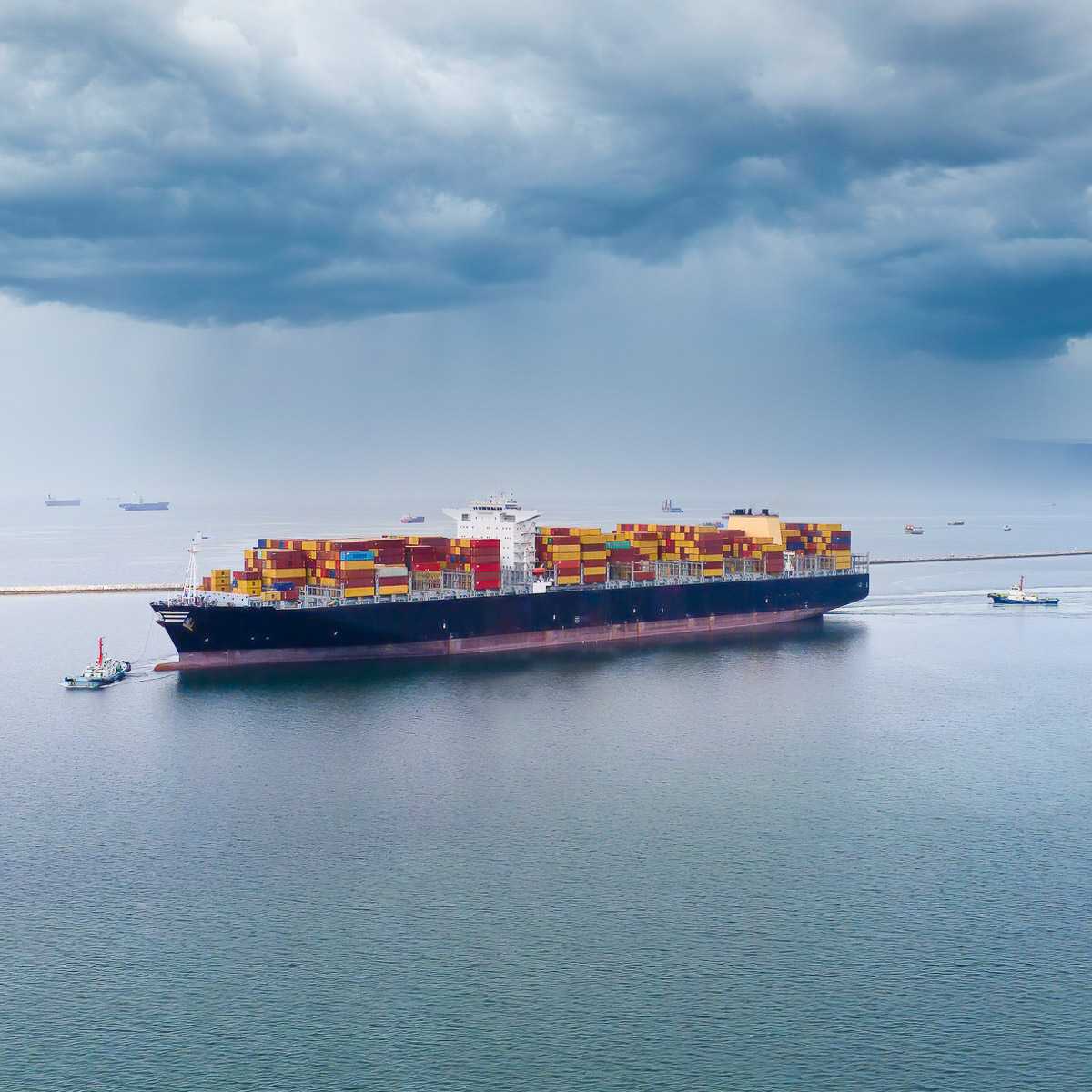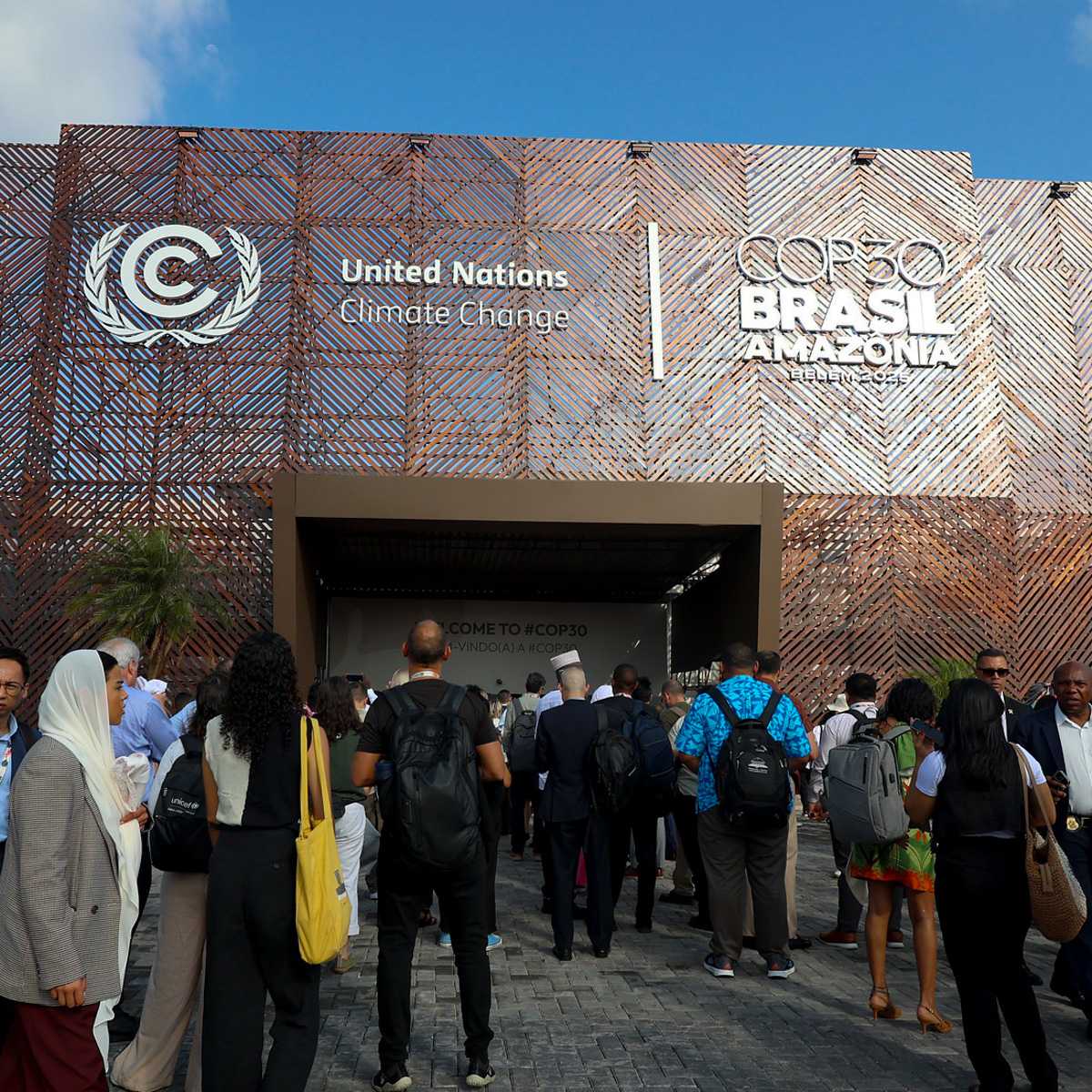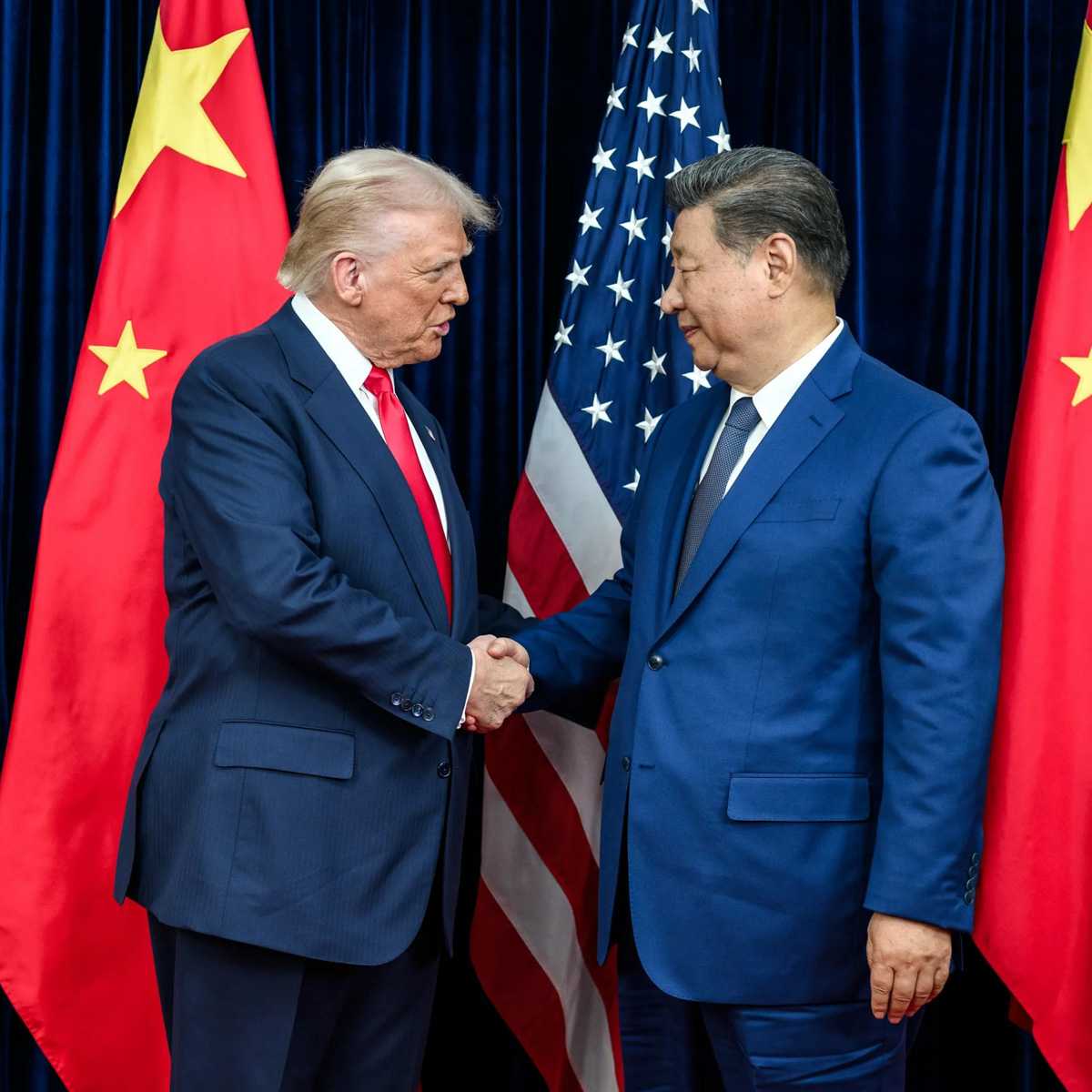

The transatlantic alliance between the United States and the European Union has been significantly strained under U.S. President Donald Trump’s administration. Trump’s aggressive rhetoric and protectionist policies, including tariffs on steel and aluminum and threats of reciprocal tariffs on all imports, have compelled the EU to retaliate. In response, the EU is not only countering these tariffs but also reorienting its foreign trade policy towards like-minded third countries and boosting its domestic defense production. However, these measures are complicated by concerns over the economic impact on an already struggling European economy, making unified decision-making across EU member states increasingly challenging.
Love of Tariffs vs. Love of Trade
President Donald Trump’s fervent advocacy for tariffs starkly contrasts with the European Union’s enduring commitment to free trade and globalism. The Trump administration views trade deficits as detrimental, believing they hinder the development of domestic industries and result in the outsourcing of blue-collar jobs. Conversely, the EU was established not only to ensure peace on the continent but also to enhance economic ties among member states through open trade. European Commission officials regard free trade as fundamental, perceiving tariffs as protectionist barriers that impede economic efficiency.
Under Trump, the United States has shifted its focus towards becoming a production powerhouse rather than a consumption-driven economy, placing the globalist EU on the defensive. The U.S. president has imposed 25% tariffs on steel and aluminum imports and has threatened further tariffs on all European products, with April 2 being dubbed “U.S. Tariff Day” for the anticipated announcement of extensive duties on European goods. In retaliation, the EU has targeted iconic American products such as Harley-Davidson motorcycles, bourbon whiskey and blue jeans with tariffs, aiming to apply political pressure on key U.S. constituencies while demonstrating its resolve to protect its economic interests. Additionally, the EU’s Anti-Coercion Instrument, a legislative measure of last resort, could be activated to grant the Commission extensive retaliatory powers, including restrictions on intellectual property rights..
This escalating conflict underscores the ideological divide between Trump’s protectionism and the EU’s dedication to multilateralism, resulting in a tit-for-tat trade dispute. The EU argues that tariffs disrupt global supply chains and ultimately harm American consumers. The ongoing tariff battle risks igniting a broader trade war, compelling the EU to balance the costs of further escalation against the necessity of maintaining its credibility as a champion of free trade, especially as U.S. threats of reciprocal tariffs loom larger.
The EU Alone in the World
The escalating trade war with the United States reveals a stark reality: the European Union finds itself increasingly isolated on the global stage. As China and the Global South assert their foreign policies and challenge the post-1945 world order, which they perceive as disproportionately favoring Western nations, the EU faces mounting geopolitical challenges. The invasion of Ukraine has underscored Russia’s hostility, with its ambitions to dominate rather than cooperate with Europe. Amidst these tensions, the United States is now viewed as an unreliable ally, compelling the EU to redefine its role in a world that is either indifferent or openly hostile.
In response, the EU is accelerating its pursuit of “strategic autonomy,” aiming to reduce its dependence on the United States for security and economic stability by strengthening its own industries, particularly the defense sector. Trump’s skepticism towards NATO has prompted the EU to invest in initiatives such as the Permanent Structured Cooperation (PESCO) and the European Defense Fund, signaling a shift towards self-reliance in light of uncertain American commitments.
As transatlantic ties weaken, the EU strives to establish itself as a credible global leader in trade, defense and climate policy. However, internal divisions and economic fragility pose significant challenges to its ability to project power effectively. The Union’s efforts to bolster its strategic autonomy are crucial in navigating this complex geopolitical landscape, ensuring it can maintain its influence and safeguard its interests in an increasingly multipolar world.
Free Trade, but Elsewhere
Despite its efforts to re-industrialize and increase self-reliance, the EU has not given up hope on free trade. On the contrary, the Commission is actively pursuing new trade deals with other like-minded third regions to broaden market access and diversify supply chains. Consequently, the EU is deepening ties with countries like South Africa, South Korea, as well as the ASEAN and Mercosur nations through trade agreements, aiming to offset losses from U.S. tariffs and secure markets for its exports.
The EU is also cautiously exploring outreach to China as a potential economic partner, yet this is balanced against concerns over Beijing’s growing influence and the need to align with democratic, like-minded states.
Although the Commission considers free trade agreements as a “win-win,” many EU member states are not convinced. Supported by France and Poland, farmers are protesting a possible trade deal with Mercosur countries, fearing unfair competition from cheaper agricultural products from South America. Extreme left and right parties are supporting this opposition, citing their hostility towards deals that in their eyes embody globalism and a “neoliberal” economic world order.
Preparing for Protectionism
The EU’s current crossroads presents both challenges and opportunities for global businesses as it navigates tensions with a protectionist United States and redefines its role in the world economy.
The push toward new trade alliances and self-reliance could open avenues for diversified markets and innovation in sectors like green technology, though internal divisions and ongoing tariff disputes pose risks of disruption.
With the current trade architecture facing potential overhaul in the next few months, Trump’s policies may only be the catalyst for a broader, lasting shift, underscoring the need for global businesses to adapt swiftly to a multipolar, and even protectionist, future.
APCO Alumnus Andrei Goldis co-authored this piece
Related Articles
Negotiating Power: China’s Approach to U.S. Relations Under Trump 2.0
November 11, 2025
COP30 Leader’s Summit Recap
November 10, 2025


